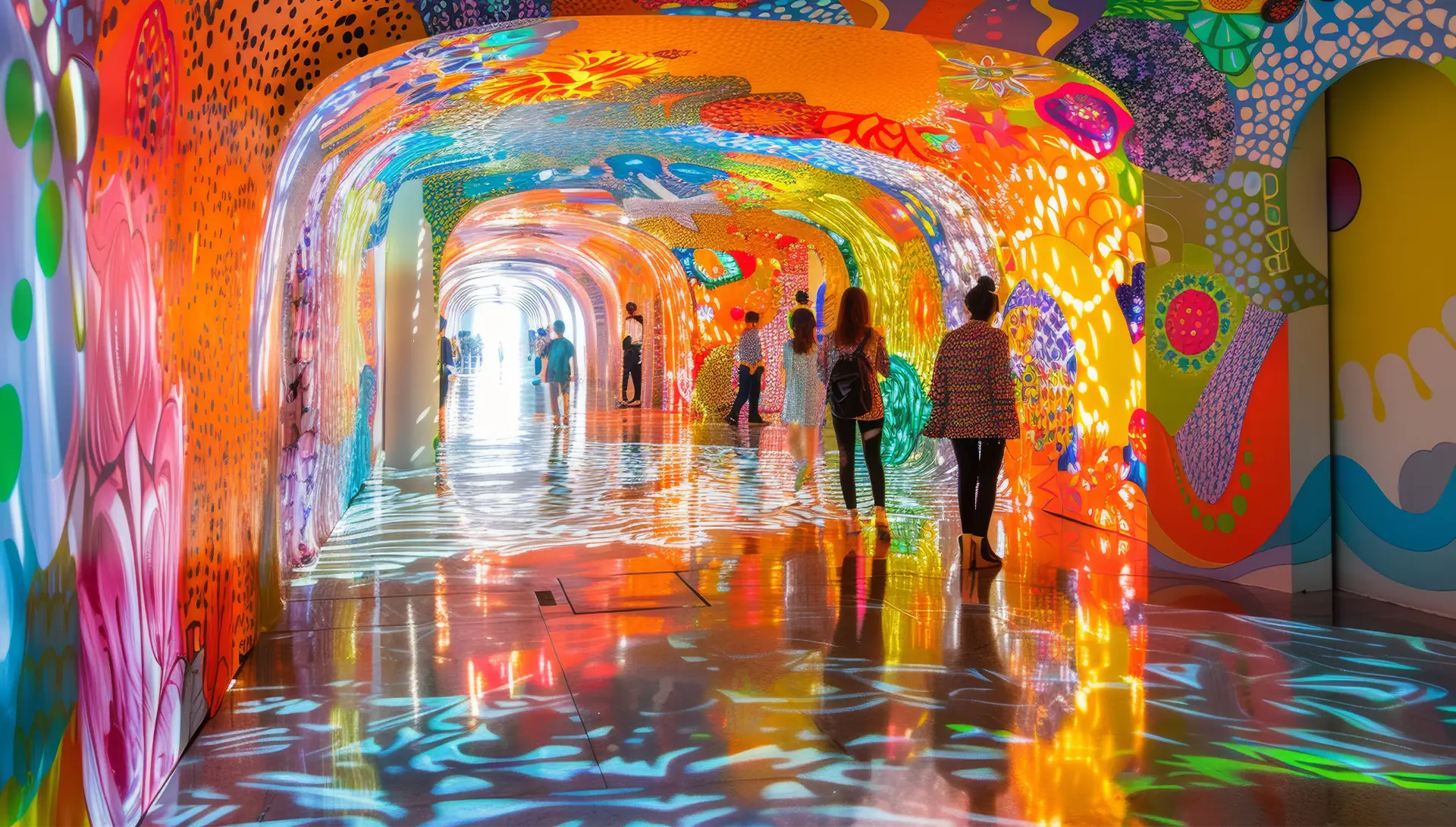
The future is Experiential: why moments matter more than ever
Marketing and branding are undergoing a major shift from passive consumption to active participation.
Across industries like travel & tourism, retail, entertainment, and health & wellness, success is no longer about pushing products or information. It’s about crafting experiences that people live, share and remember. It’s about building deeper, more immersive connections with brands.
At Fuseideas, we’ve been leading this evolution in experiential marketing. From shaping live events for National Grid to designing interactive activations for MLB Network and M&T Bank, we’ve seen firsthand how experiences create lasting emotional connections and real business results.
This shift is being driven by four key forces: rising consumer expectations, rapid tech innovation, limited attention spans, and a renewed focus on human-centered design.
1. From transactional to transformational
Success used to be measured by hard numbers: units sold, impressions, and clicks. And while sales still matter, the most forward-thinking brands are asking a deeper question: What did the customer feel? What did they experience?
Today, people don’t just want to buy a product. They want to be part of something that:
- Reflects their values
- Connects them to a community
- Makes them feel seen, inspired, or changed
In this shift from transaction to transformation, brands that deliver meaningful experiences will build lasting relationships and real growth.
Experiential strategies help to make that possible.
We see this in the success of our clients and through third party insights. McKinsey reports that 71% of consumers expect companies to deliver personalized interactions, and 76% get frustrated when they don’t. (Source: HNR)
- This reveals a powerful truth: personalization is not optional. It is a baseline expectation. Companies that meet it turn transactions into meaningful engagements.
- The same McKinsey study finds that companies “that drive faster growth generate 40% more revenue from personalization than their slower‑growing counterparts”.
- Translation: prioritizing emotional relevance and context over mass messaging yields more sales and loyalty.
2. The experience economy has matured
The “Experience Economy,” a phrase coined in the 1990s, has evolved from theory to driving force. As products and services have become increasingly commoditized, it’s no longer about what a brand sells, but about how it makes people feel. And those feelings drive loyalty, advocacy, and future growth.
Today’s most successful brands aren’t just asking, “What can we sell?” They’re asking, “What can we create? What can we stage? What can we make people feel?”
Think retail environments that feel like immersive playgrounds or brand activations that blur the line between performance and promotion. The brands winning today are designing live, shareable moments that fuse storytelling, design, and interaction. In experiential marketing, emotional impact (not media impressions) is the new currency.
These types of successful events demonstrate that immersive events drive purchase intent and build trust:
In short, the brands creating experiences are the ones earning loyalty.
3. Technology as enabler, not the main act
AR, VR, AI, projection mapping, biometric feedback: technology is opening incredible new possibilities for experience design. But in the experiential era, tech isn’t the headline. It’s the invisible layer that makes the magic feel real, seamless, and personal.
At Fuseideas, we treat technology as an enabler, not the star of the show. The best experiences use technology to:
- Extend reality, not replace it
- Spark interaction instead of passive viewing
- Deliver surprise and personalization
The real wow doesn’t come from the tech itself. It comes from how it deepens the human connection. The challenge for brands is to use technology to engage our senses and elevate the moment.
The “Science of Experience: by WTS reveals retention rates by type of engagement (Source: WTS):
- Visual only: 30%
- Visual + audio: 50%
- Personal Experience: 80%
That’s why we build tech-infused experiences that involve touch, sound, interactivity, and surprise. The impact is real, and it sticks.
4. Measurement is evolving
In an experiential world, metrics evolve beyond clicks and conversions. New KPIs include:
- Emotional resonance
- Dwell time
- Social sharing (with sentiment)
- Repeat attendance
- Post-event actions taken
Experience isn't a side campaign anymore. It's a core strategic layer that shapes perception, behavior, and brand value over time.
According to WinSavvy, 81% of experiential attendees shared their experience on social media, demonstrating both emotional resonance and amplification. (Source: WS)
WinSavvy also reports that 78% of consumers feel deeper brand connection and 75% say experiential campaigns drive word-of-mouth marketing, fueling both loyalty and earned media. (Source: WS)
Why experiential matters for your brand
Experiential is not just trendy. It is the future. It taps into something deeply human: the need to feel connected, inspired, and fully present. In a world that can often feel disconnected or transactional, experiences bring meaning.
As we move forward, organizations communicating and designing with empathy, story, and presence at the core of their messaging regime will not just stand out: they will be remembered.
- Cuts through the clutter by engaging multiple senses
- Creates emotional connections that lead to loyalty
- Turns audiences into brand advocates
- Adds value in saturated markets by offering something fresh, thoughtful, and memorable
- Uses technology to enhance (not distract from) the message
What this means for you
If your brand is still relying on traditional tactics, it’s time to shift. Experiential strategy is how you create deeper engagement and long-term impact. That means:
- Making experience design part of your core brand and marketing approach
- Building teams that bring together creativity, strategy, and technology
- Testing bold ideas that invite your audience to play an active role
- Creating shareable, meaningful moments that extend your reach
- Measuring success not just by clicks or impressions, but by emotional impact, community growth, and authentic advocacy
Questions or suggestions? This is what we do. Reach out and let’s have a conversation.